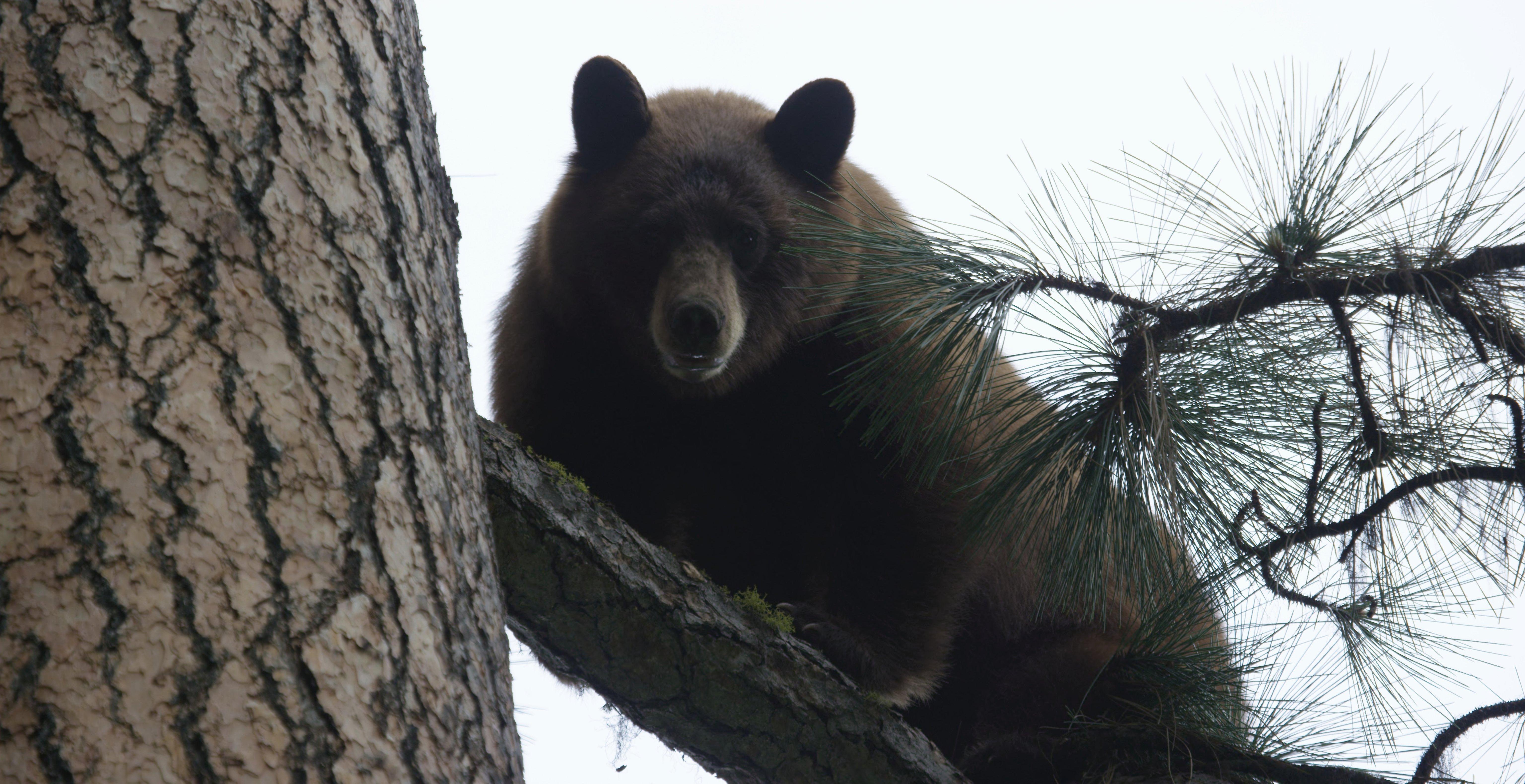Have You Honed This Craft?
There are many hunting guides, myself included, who contend that black bears are quite possibly the most difficult North American big game animal to field judge. Even little ones look big, particularly to a novice. And in the dim light of dusk, when you most often see them, the task only becomes more challenging. What follows are some general guidelines that can help. Bear in mind (no pun intended) they are merely guidelines, and there are exceptions to every rule. Also, these are intended primarily for those hunting over bait. Those who hunt with dogs or the few who hunt spot and stalk either do so with a guide or already know what to look for.
Physical
Use the head to differentiate both age and sex. A bear's ears stop growing after about a year; but it's head continues growing, particularly in width, becoming large and rounded like a basketball. Ears will appear progressively smaller and farther apart on older, bigger bears. Conversely, a bear with big, "Mickey Mouse" ears is likely a young bear.

Next look at the body. Older bears have larger bodies so their legs appear relatively short and stocky (though they'll stand about 33 inches at the shoulder) and their belly hangs closer to the ground. A younger bear will appear to be all legs. However, even an older spring boar, just out of the den may seem somewhat leggy. And a plump, young fall female might appear big-bodied. When in doubt, go back to the head. On a larger bear it will be obviously smaller in relation to the body, while the opposite is true for a small bear.
Behavior
Behavior can also provide helpful cues. Small bears often appear furtive and nervous around a bait. Big bears use slower, more deliberate movements. They'll come later, and will approach a bait more confidently. It never ceases to amaze me how quietly such a large creature can move through the woods. You won't hear them coming unless it's a sow with cubs or a bigger bear intentionally warning whoever or whatever is on the bait that he's coming. If you see/hear a bear that seems particularly nervous, possibly popping its jaws or even woofing, there's a good possibility it's a sow, with cubs nearby.
Patience Kills
TREKKER Gaiters in Realtree MAX-1 Camo
Quite possibly the most important piece of advice I can offer is to be patient. The first bear you see, even if it's a cub, will look giant. Plus, the smaller, younger bears typically come to a bait first. And you're going to be jacked up. Settle down and try to regain enough composure to apply the guidelines above. If you have any doubt as to whether it's a small bear it more than likely is. When a real big one comes in you will know instantly. And if the big boy never shows, the mere fact that you got to see a wild black bear, one of the stealthiest and most secretive creatures in the forest should be reward enough to proclaim a successful hunt.
Shot Placement
As a guide, I advise my hunters to take nothing but a broadside shot. Bears are built more like boar hogs than deer. Their vitals are smaller than a deer's, and protected by very dense muscles and bones of the shoulders. Another tip is to mentally divide the bear in half, top to bottom and nose to tail. Then aim for where those two lines would intersect.
Editor's note: Bob Humphrey has hunted and guided for bears in both the U.S. and Canada.
Are you a deer hunter thirsty for knowledge? Check out our stories, videos and hard-hitting how-to's on deer hunting.








